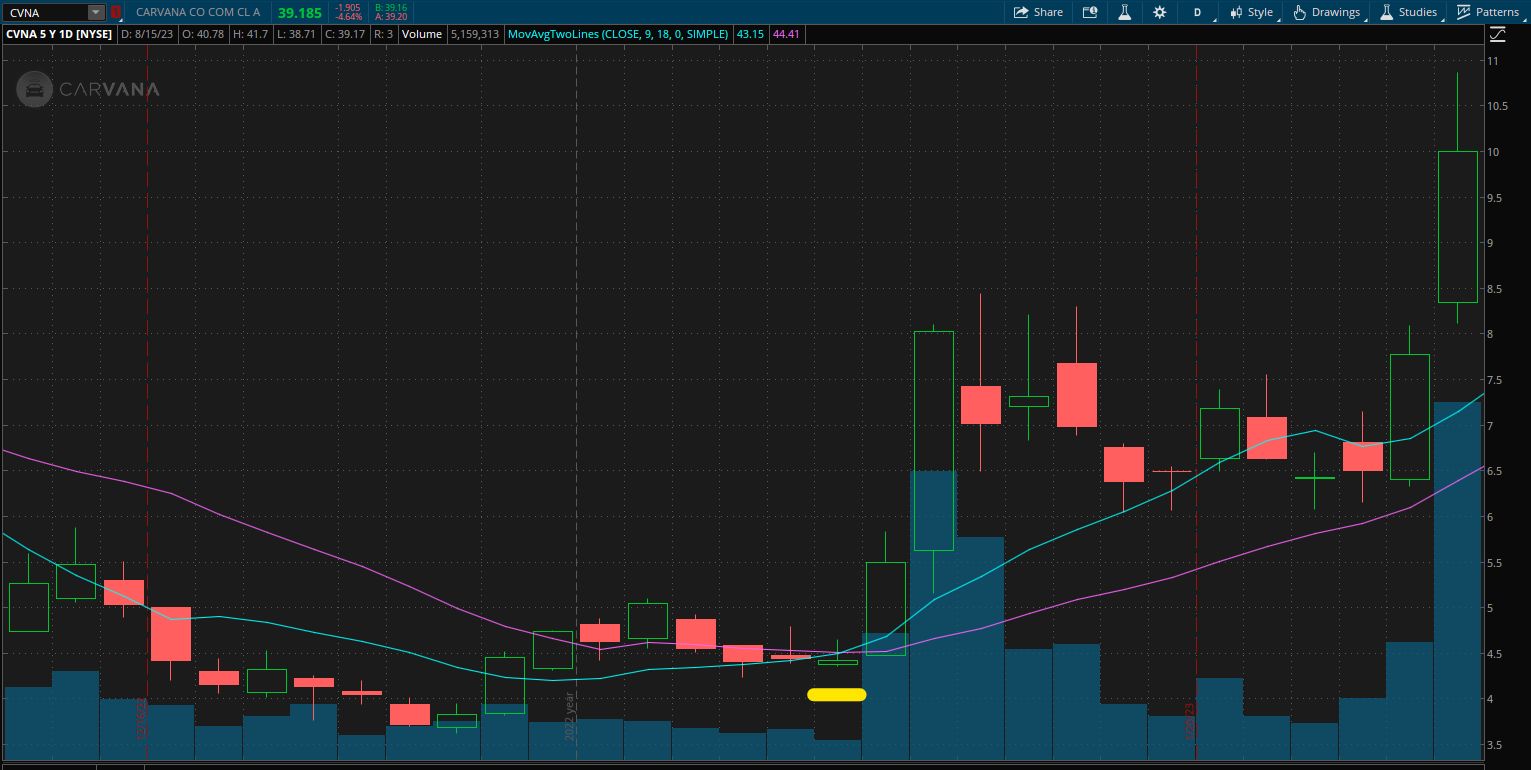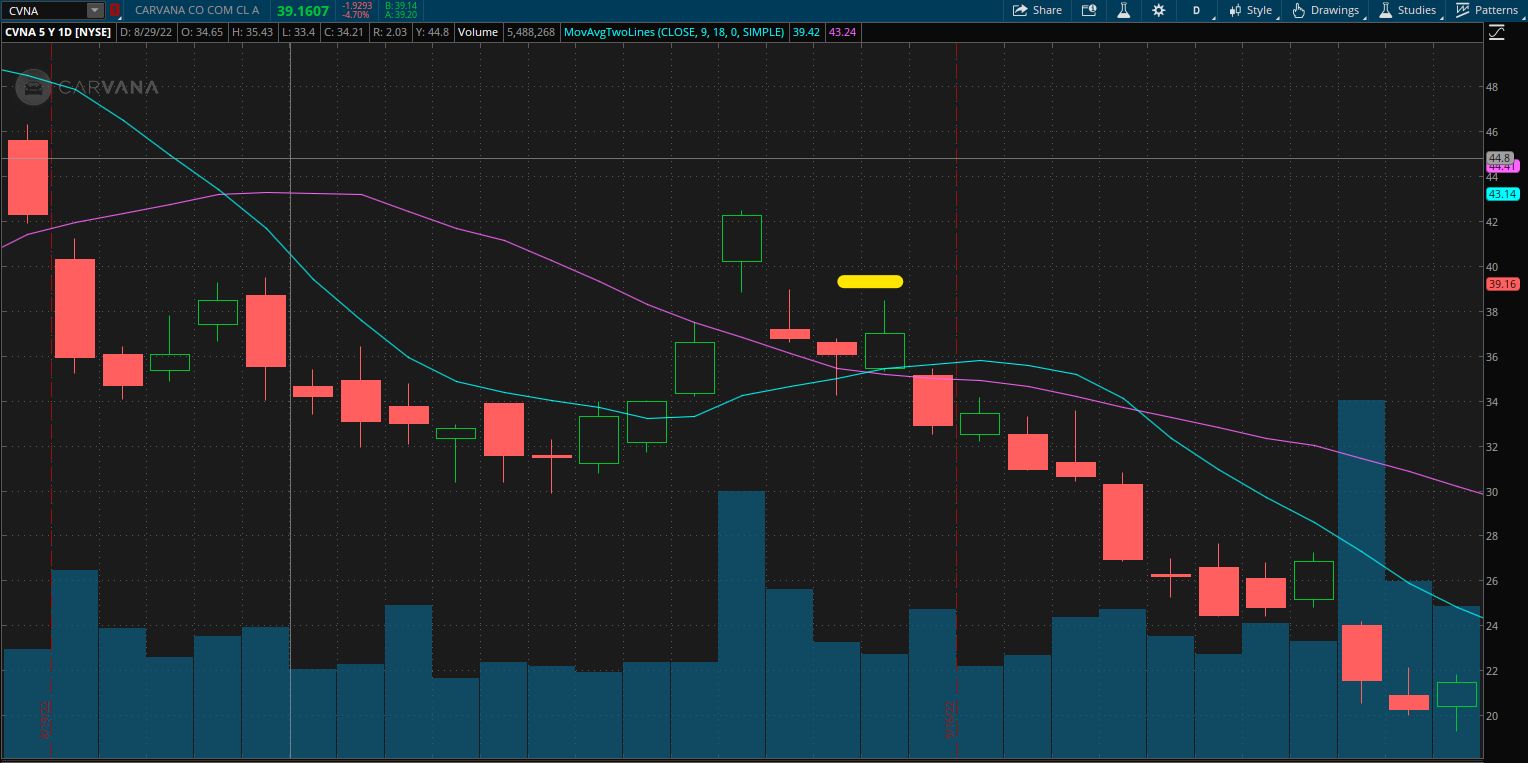Holy Grail Trading Strategy (Spoiler: There Is None)
Stock Market Guides is not a financial advisor. Our content is strictly educational and should not be considered financial advice.
A lot of traders are in constant pursuit of a Holy Grail trading strategy that can make them rich.
Many times a trader will try out a strategy, and the first time it loses, they conclude the strategy doesn't work, and their pursuit of the Holy Grail trading strategy resumes.
It's as if the only trading strategy that is good enough is one that never loses.
This article talks about why there is no such strategy, and why it can help you as a trader to come to terms with that fact sooner than later.
What Exactly is a Holy Grail Trading Strategy?
A Holy Grail trading strategy refers to a trading approach that is believed to be infallible and consistently profitable.
It's a strategy that active traders might perceive as a "magic bullet" for making riches in the stock market. The hope is that it will offer big returns with no risk.
Many traders believe that there is a strategy out there that can either always win or can make them wealthy very fast, and it's just a matter of finding that one perfect trading strategy.
Stock Market Guides

Stock Market Guides identifies swing trading opportunities that have a historical track record of profitability in backtests.
Average Annualized Return
79.4%
Does a Holy Grail Trading Strategy Exist?
No, there is no such thing as a Holy Grail trading strategy.
No matter which strategy you use in the stock market, there is risk involved and there will be times where it might not result in a profit.
Here at Stock Market Guides, we've done years of research on the effectiveness of different trading strategies, and we've never found a single strategy that might have won on every trade setup. Not even close.
You can watch this video to learn more about our perspective on Holy Grail trading strategies:
Example of the Holy Grail Strategy Fallacy
Imagine that someone tells you about a trading strategy that involves using a popular stock indicator. They tell you that it's based on using moving averages as a criteria for trade entry.
Then they show you this chart for Carvana stock:
They say that all you have to do is buy when there is a moving average crossover, like the one shown at the yellow mark on the chart where the two moving average lines intersect.
You can see on the chart above that the price of the stock took off after the moving average crossover occurred.
Some might see how the stock reacted to the moving crossover and wonder, "Could this be the Holy Grail?"
The outcome of that particular trade might have indeed been quite profitable, but let's look at another example for the same stock:
The same type of moving average crossover occurs at the yellow mark. Notice that the price went down right afterward in this case.
That proves that for this strategy, no matter how promising it may have seemed at first look, there ended up being an example of it performing poorly.
What we've found through our research here is that no matter which trading strategy you come up with, there will always be examples where it doesn't perform well. We have never found any trading strategy that is risk-free.
How to Trade if There Is No Holy Grail Trading Strategy
We just made the case that there is no Holy Grail trading strategy. That might sound like bad news to some, but it's actually good news for you to be realizing it.
The reason is that if you still believed there was a Holy Grail trading strategy, then you still might be chasing something that doesn't exist. Or you might have investing expectations that are not realistic, which can noticeably hold back your profitability.
Realizing that there is no Holy Grail trading strategy helps traders by setting realistic expectations and promoting a healthier mindset towards trading. By understanding that no strategy is infallible and that losses are a natural part of trading, traders can avoid the misconception that there's a guaranteed way to always win.
This realization encourages traders to approach trading with a more balanced perspective and to be prepared for both profitable and losing trades.
It also emphasizes the importance of resilience and acceptance of losses as an inherent aspect of trading. This understanding can ultimately lead to more informed and thoughtful decision-making, as traders are less likely to chase after elusive surefire strategies.
Traders who can accept losses can focus more on just finding strategies that have a proven edge, knowing that even those strategies will incur losses at times.
Reasons It Is Hard to Accept Losses
It's hard for many to accept losses, though. Here are reasons why traders find it difficult to accept losses:
-
Desire for Consistency: Traders often have a strong desire for consistent profits and may believe that there's a surefire trading strategy that will never result in losses. This desire for consistency can make it challenging for them to accept the reality of losses.
-
Competitive Mindset: Traders might approach trading with a competitive mindset, aiming to win every trade and refusing to accept losses. This competitive nature can make it hard for them to come to terms with the fact that losses are inevitable. The Holy Grail is what they might seek so that they can win every time and not have to deal with the feeling of losing.
-
Uncertainty and Risk: Trading involves uncertainty and risk. Traders may find it difficult to accept losses because they can't always definitively determine whether a loss occurred due to a lack of edge or simply as a normal part of trading with risk.
-
Emotional Attachments: Traders can become emotionally attached to their trades and investments. This emotional connection can lead to denial or difficulty acknowledging losses as they might perceive it as a personal failure.
-
Expectations of Perfection: Some traders might set unrealistic expectations for themselves, believing that they should be able to win every trade. This unrealistic expectation makes it challenging to accept the reality of losses.
-
Financial Impact: Losses in trading can have real financial consequences, and the fear of losing money can intensify the emotional difficulty of accepting losses. The hope of a Holy Grail keeps that fear at bay, but since it's a false hope, it only delays the inevitable.
Using Trading Strategies with an Edge
Here at Stock Market Guides, we alert traders to trade setups that have a backtested edge.
This means that we evaluate various trading strategies by analyzing their historical performance, and we identify which ones have a track record of success in backtests.
Our trade alerst will not be Holy Grail trading strategies. You won't find any that are risk-free. But they have a track record of profitability in backtests, which might put the odds of profitability in your favor.
Learning More About Holy Grail Trading Strategies
You can contact us any time if you would like to ask any questions about Holy Grail trading strategies or about anything else related to the stock market.
Join Our Free Email List
Get emails from us about ways to potentially make money in the stock market.

